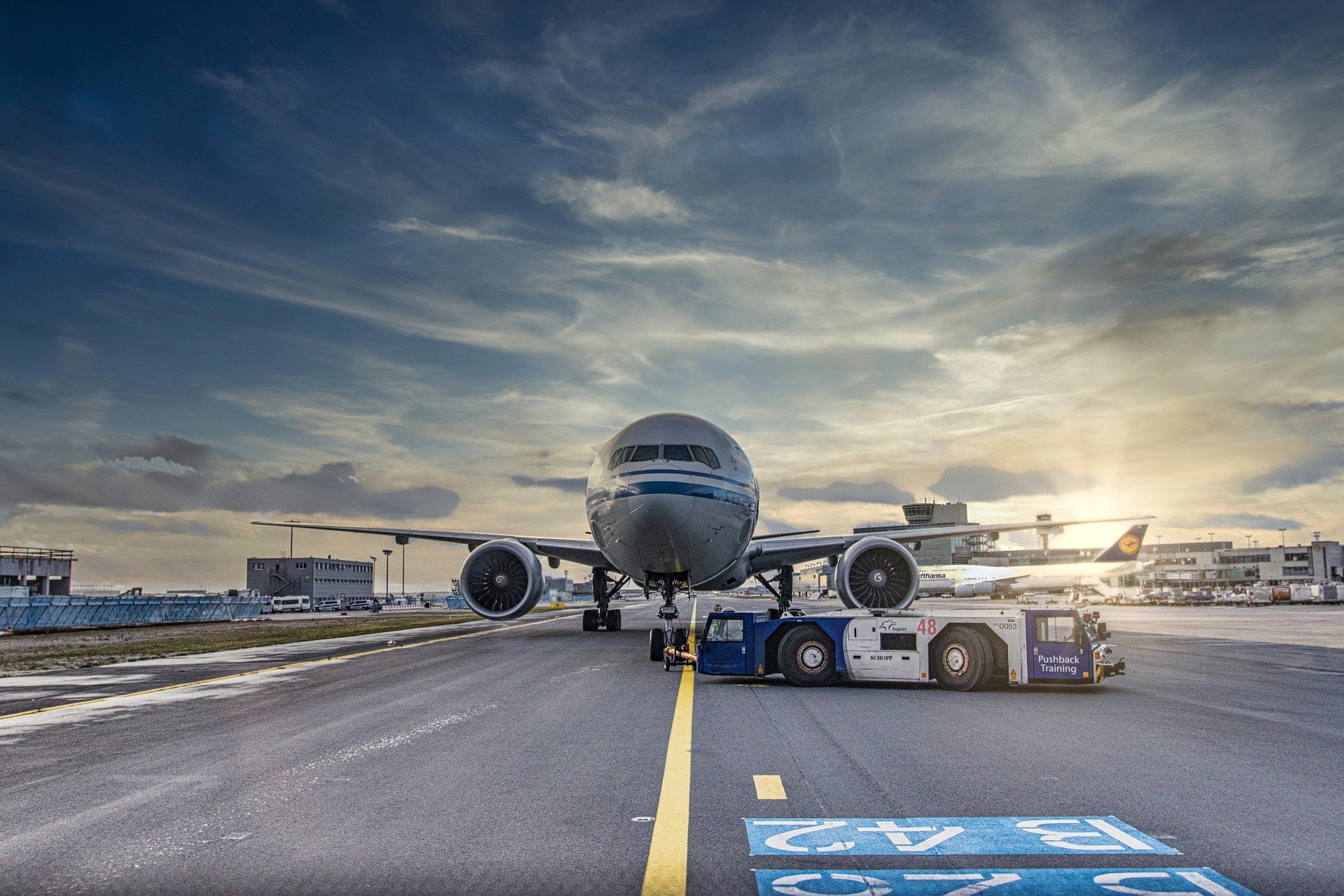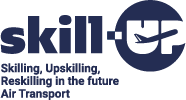


Work-related stress is one of the biggest concerns in all professions, especially in those where an error can be catastrophic or, in some cases, even fatal. The Aeronautics sector is a very high technological sector, full of operating systems and automated processes. However, these systems and processes still need to be, at the very least, supervised by someone. Almost 90% of workplace accidents are due to human errors directedly linked to stress and fatigue (Tomic & Liu, 2017, Vagner et al., 2018).
Stress is a natural and survival response of the human body. Without any stress at all, the body would be too relaxed and passive to cope with any serious or demanding situations (Tomic & Liu, 2017).
Stress is characterized by a physiological, psychological, and behavioral response that can have both negative and positive outcomes depending on the type of stressor. Stress emerges when an imbalance is perceived between demands and the ability to fulfil them (Palmer, 1999).
In the workplace, stress can be triggered by the workload (high work-related demands and low capacity to accomplish them due to time constraints, lack of experience or knowledge, motivation, etc). It can be a trigger to a stress response since it leads to the sensation of ‘having your hands tied up’ if not properly managed. The efforts needed to cope with a high workload can only be sustained for a certain period until they start to create fatigue and affect job performance (Tomic & Liu, 2017).
The workload is one of the main causes of stress leading to human errors in the profession of RPAS (Remotely Piloted Aircraft Systems). Long-working hours, continuous processing of audio and visual data, and sustaining vigilance, represent potential RPA-related operating stressors with possible negative consequences for the health and well-being of RPA operators (Carreta, 2013, Tvaryanas & MacPherson, 2009).
Being emotional stable is key to individual and team performance during the management of unexpected emergencies (Phitayakorn et al., 2015). Consequently, even though professionals in this area are being trained to deal with risky situations, the training path should go on throughout their career, including self-awareness-related subjects, since it’s always going to be a human dealing with a machine. Stress management takes training just like a technical skill. The first step in managing stress is to identify the stressor and the symptoms that occur after exposure to this stressor. Recognizing symptoms of stress can also help to prevent a negative response (Vagner et al., 2018).
As part of the Skill-UP consortium, QSR is currently designing a short course about workload and stress management skills for RPAS pilots. We aim to firstly provide an understanding of workload and stress management concepts and how these interrelate, secondly by offering different strategies to recognize and manage stress, and, finally to capacitate trainees to apply this knowledge in their day-to-day life.
Carretta, T. R. (2013). Predictive validity of pilot selection instruments for remotely piloted aircraft training outcome. Aviat. Space Environ. Med. 84, 47–53. doi: 10.3357/ASEM.3441.2013
Meyer, R. E. (1973). Stress and the air traffic controller. Revue de Médecine Aéronautique et Spatiale, 49, 1973, 97-106.
Palmer S. (1999). Definitions of Stress. Centre for Stress Management, London & Edinburgh, London.
Phitayakorn, R., Minehart, R. D., Hemingway, M. W., Pian-Smith, M. C., and Petrusa, E. (2015). Relationship between physiologic and psychological measures of autonomic activation in operating room teams during a simulated airway emergency. Am. J. Surg. 209, 86–92. doi: 10.1016/j.amjsurg.2014.08.036
Tomic, I., & Liu, J. (2017). Strategies to overcome fatigue in air traffic control based on stress management. Journal of Engineering and Science, 6(4), 48-57.
Tvaryanas, A. P., and MacPherson, G. D. (2009). Fatigue in pilots of remotely piloted aircraft before and after shift work adjustment. Aviat. Space Environ. Med. 80, 454–461. doi: 10.3357/ASEM.2455.2009
Vagner, J., Ćekanova, A., Szabo, S., & Rozenberg, R. (2018). Fatigue and stress factors among aviation personel. Acta Avionica, 20, 1335-947



